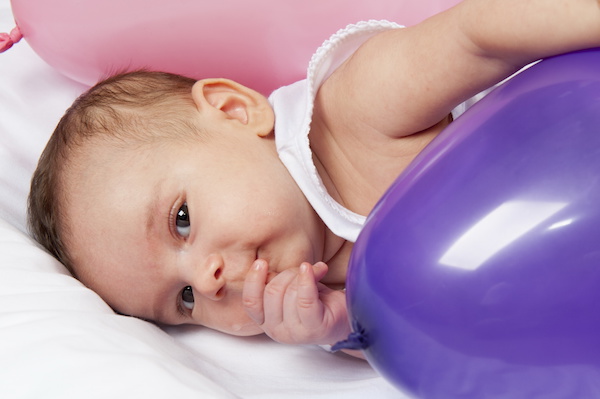THURSDAY, Aug. 25, 2016 (HealthDay News) — In families that have more than one child with autism, the gene variations underlying each child’s disorder often differ, new research shows.
Researchers have long known that autism is a complex disorder. Experts have suspected that the development of autism involves both genetic susceptibility and environmental exposures that aren’t yet fully understood.
Now the new study suggests the genetic component is even more complicated than previously thought.
“The genetic risk for autism is extremely complex,” said lead researcher Dr. Daniel Geschwind. He is a professor of human genetics at the David Geffen School of Medicine at University of California, Los Angeles.
“Even in ‘multiplex’ families [where more than one child has autism], it’s not as obvious as thought,” he said.
In general, experts believe that certain circumstances need to be in place for children to develop autism: a genetic susceptibility, coupled with some kind of environmental stressor during a critical period of brain development.
Many gene variants have been linked to autism risk, and studies have suggested some environmental culprits — such as low birth weight, certain infections during pregnancy and prenatal exposure to heavy air pollution and pesticides, according to the nonprofit organization Autism Speaks.
The evidence that genes are critical in autism comes, in part, from studies of families. When parents have a child with autism, they have about a one-in-five chance of having a second child affected, a previous study in the journal Pediatrics found.
It’s reasonable to expect that those two siblings would share the same autism-linked genes, Geschwind said. But that’s not what his team found.
The study included over 1,500 families with at least one child who had autism. In the majority, more than one sibling was affected.
The researchers focused on gene alterations known as copy-number variants (CNVs), which involve gains or losses of normal DNA. CNVs can be inherited from parents, or can manifest for the first time in a child — because of defects in the sperm or egg from which he or she was conceived.
A number of CNVs have been linked to autism risk. In this study, Geschwind’s team found that in families with more than one child with autism, inherited CNVs played a bigger role in autism risk than non-inherited versions.
That’s not surprising, according to Geschwind. What was surprising, he said, is that when one child had a CNV known to be linked to autism, his or her siblings usually did not have that same gene variant.
Why would that be? Geschwind said it’s possible that in some families, “lightning does indeed strike twice.” That is, a second child develops a non-inherited CNV that raises the risk of autism.
But a more likely explanation, Geschwind said, is this: Siblings who lack the inherited CNV of their brother or sister may have other, harder-to-pinpoint genetic factors — such as inherited variations in a wide number of genes.
It’s unlikely, according to Geschwind, that environmental factors would explain the clustering of autism in these multiplex families. “The chances of a non-genetic factor happening across several pregnancies is low,” he said.
According to Dr. Andrew Adesman, chief of developmental and behavioral pediatrics at Cohen Children’s Medical Center in New Hyde Park, N.Y., “It has often been said that autism is a riddle, wrapped in a mystery, inside an enigma.”
Adesman, who wasn’t involved in the study, said the findings offer “helpful but limited insights” into the genetics underlying autism.
Right now, it’s possible to test babies and young children for certain gene variants that are linked to autism — because they either have signs of developmental problems or have an older sibling with autism.
However, Adesman said, at this point, doctors are able to pinpoint culprit genes in only a minority of cases.
Geschwind said that his team’s findings underscore the complexity of current “genetic counseling” for autism: Even if you can tell parents of a child with autism that their second child isn’t carrying the same risk gene, that is no guarantee the child won’t develop autism.
The long-range hope, Geschwind said, is that a deeper understanding of autism’s genetics will eventually help doctors give more precise diagnoses than “autism spectrum disorder” — which ranges broadly in severity and symptoms.
“We hope,” Geschwind said, “that we can eventually say, you have this form of autism, and it has this prognosis, and this is the best therapeutic approach.”
The study was published Aug. 25 in the American Journal of Human Genetics.
More information
The U.S. National Human Genome Research Institute has more on autism.
Copyright © 2025 HealthDay. All rights reserved.

